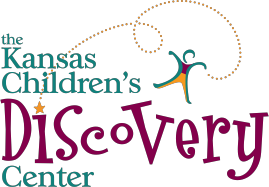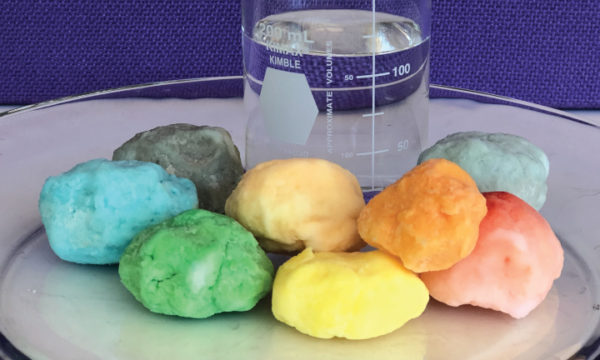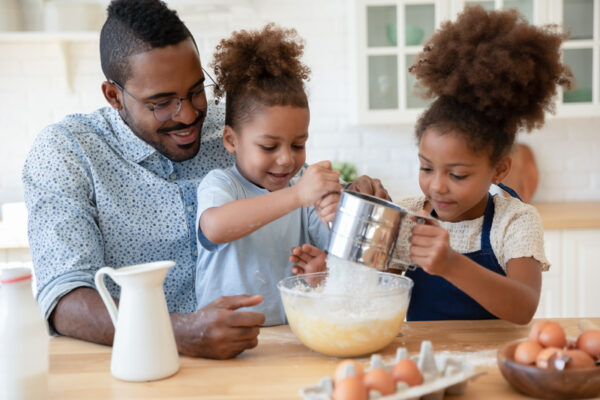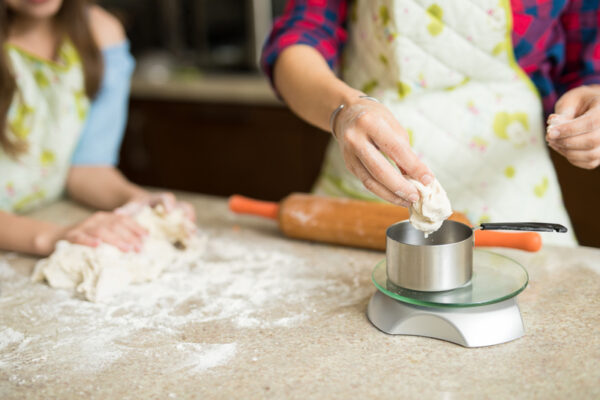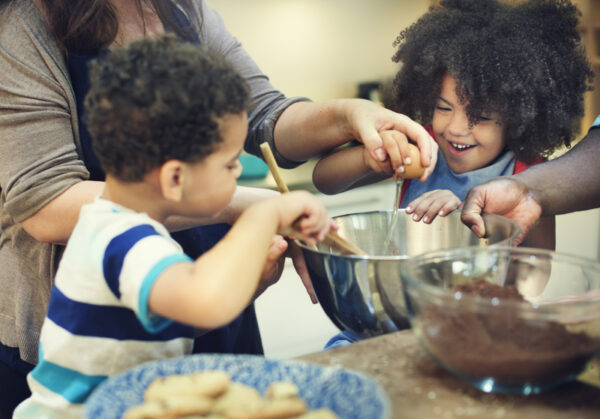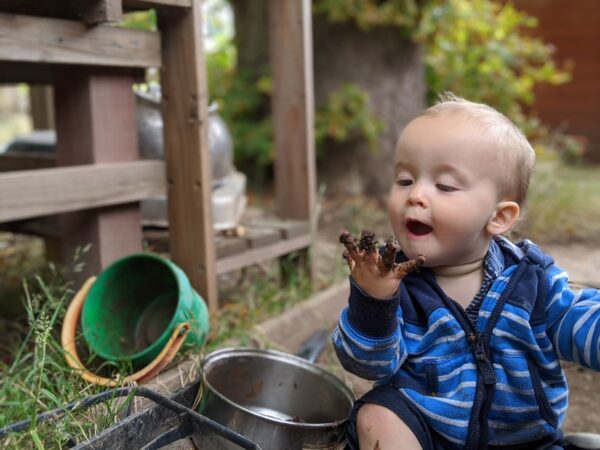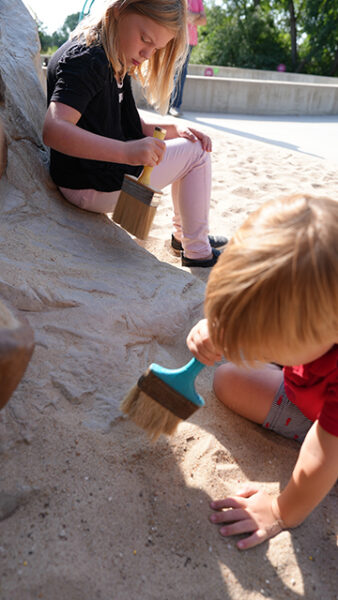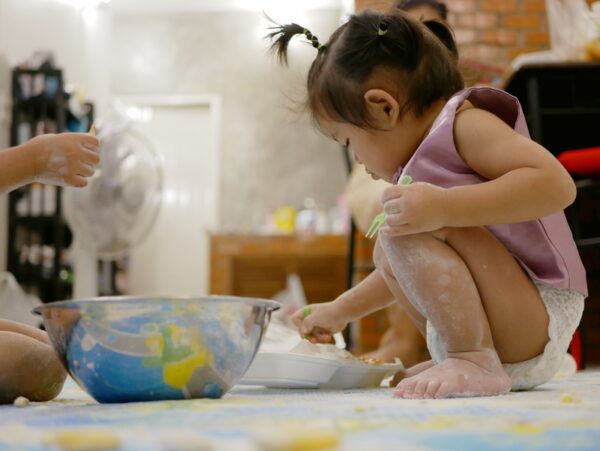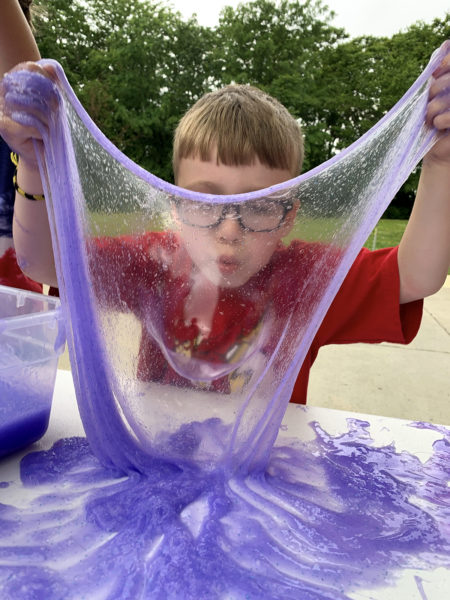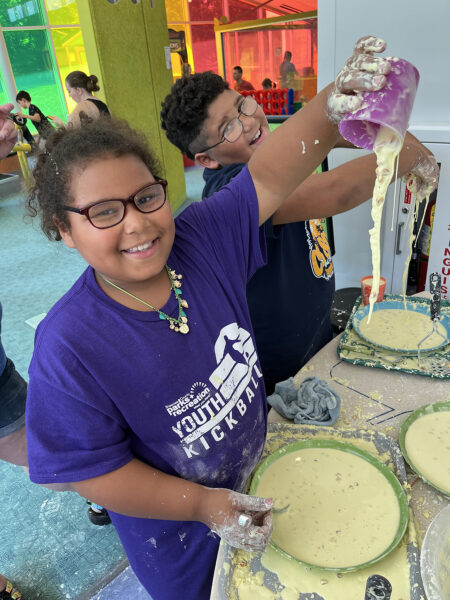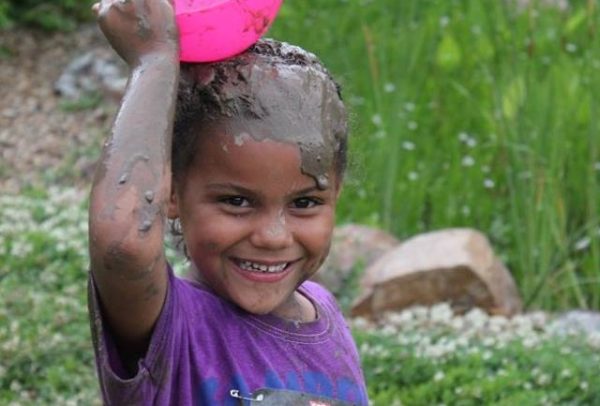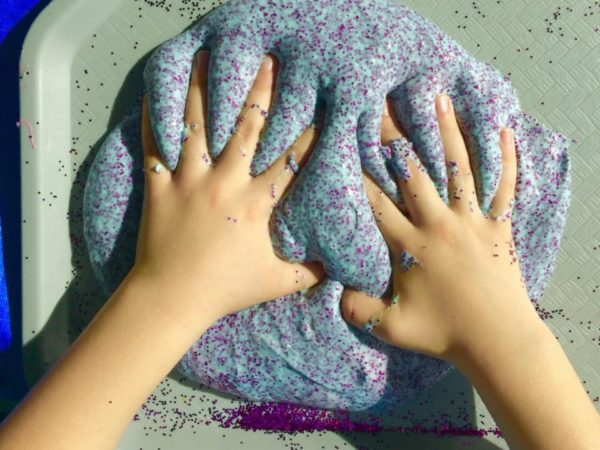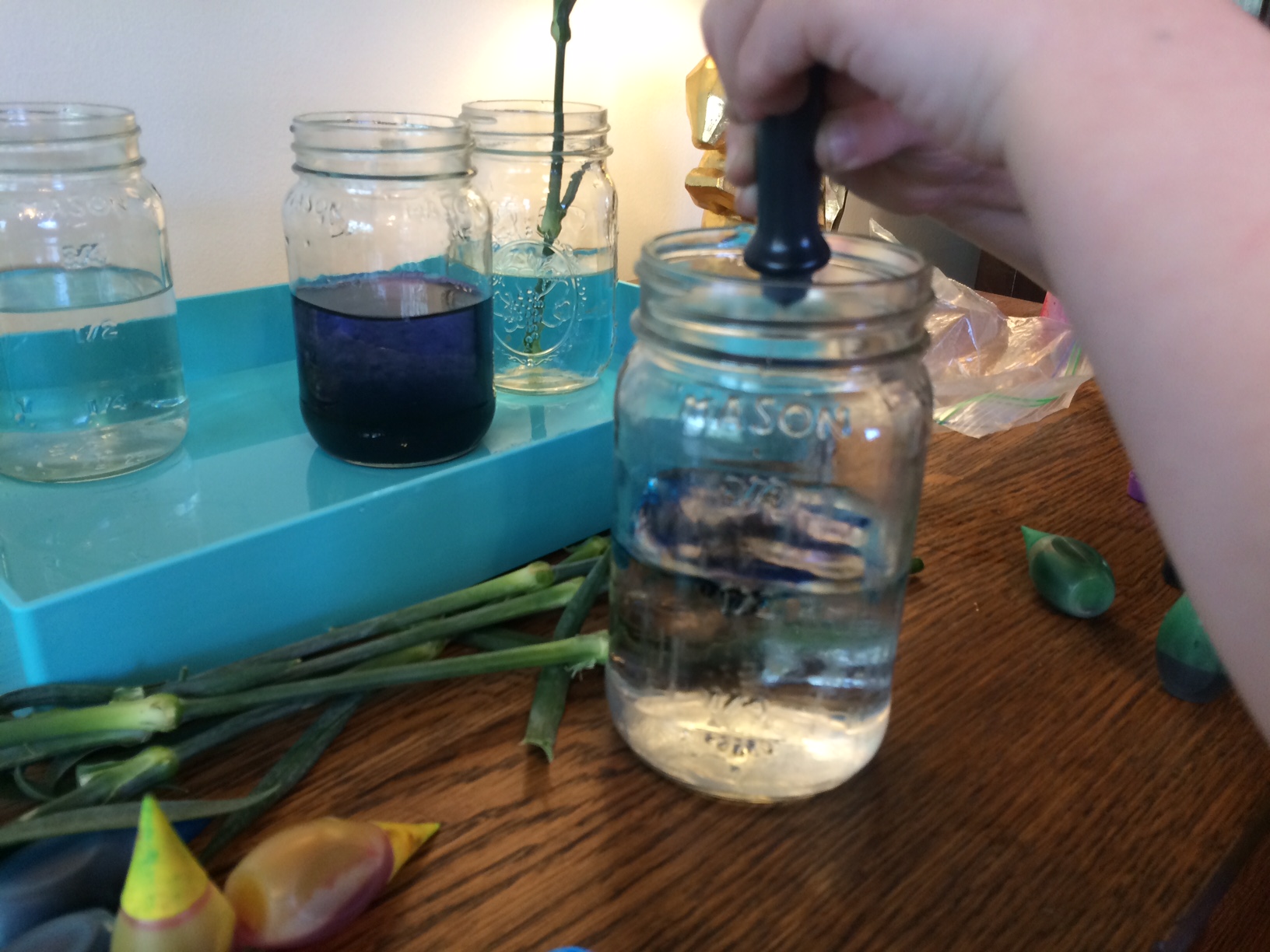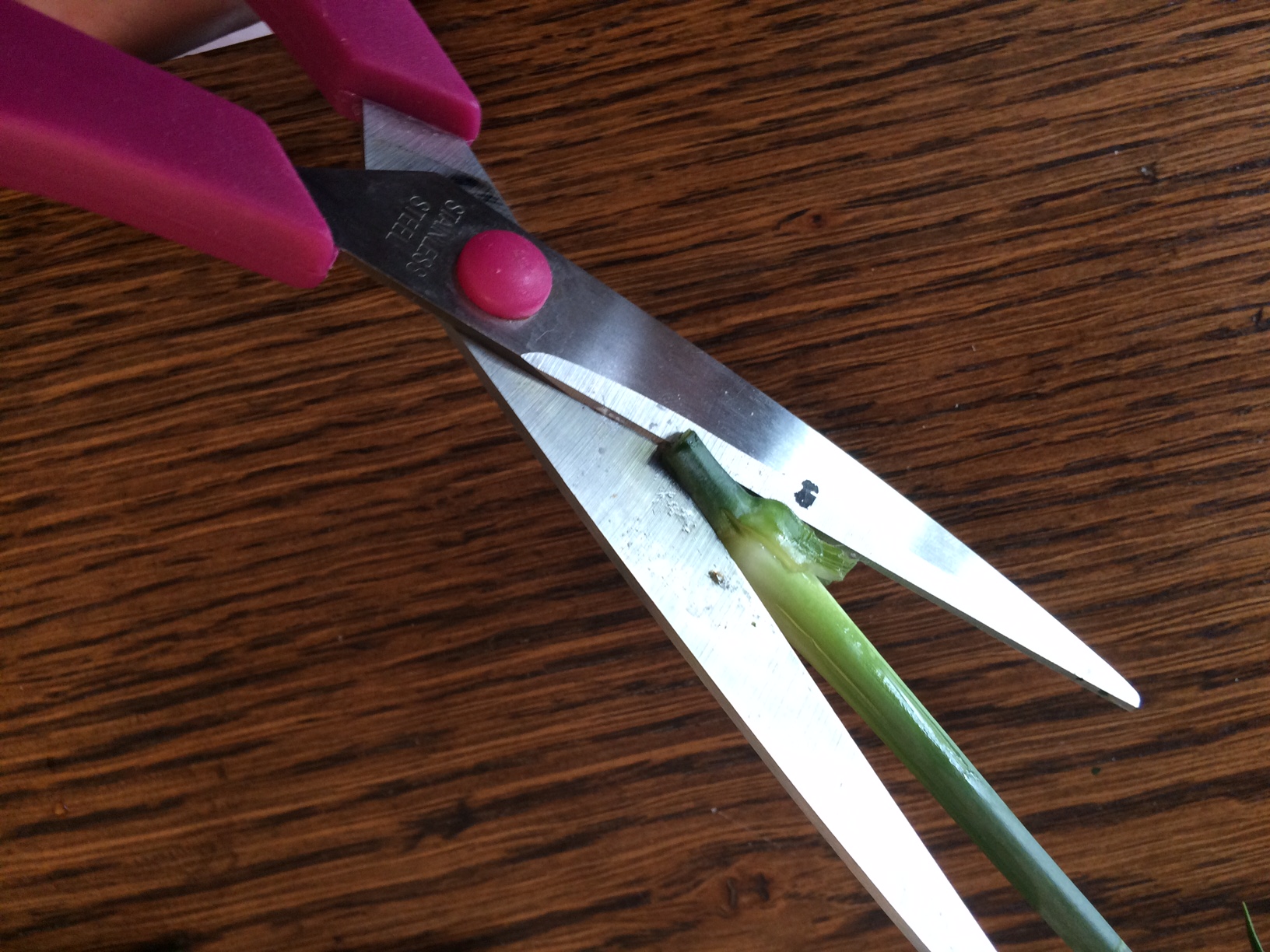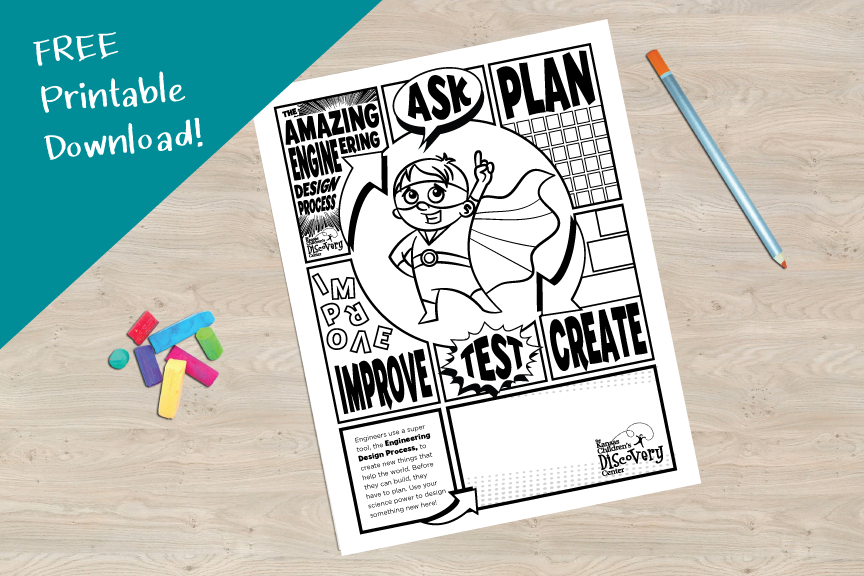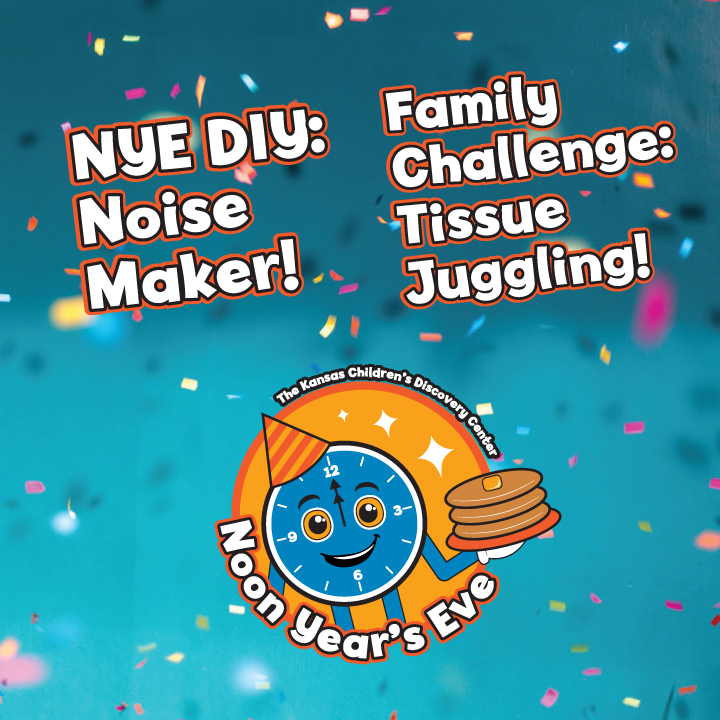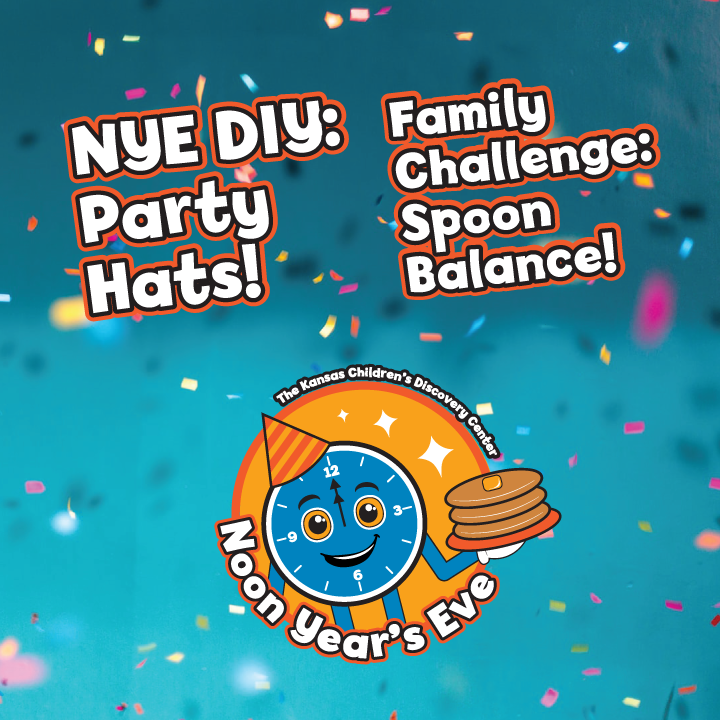Discovery at Home: Limestone Rocks!
Materials Needed:
- Assorted rocks (including limestone)
- White vinegar
- Small plastic containers or bowls
- Optional: plastic droppers, safety goggles, magnifying glass, notebook and pen for observations
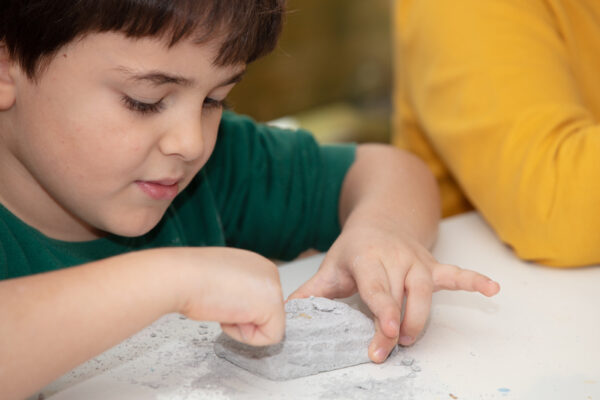
Instructions:
1. Go on an outdoor rock hunt, collecting various small rocks from your yard, parks, or nearby locations, or use a rock collection you already have at home. Compare and contrast rocks to find many different kinds. Look for different colors, textures, and shapes.
2. Set up an investigation station with your rocks, small containers, vinegar, plastic droppers, and safety goggles if needed.
3. Experiment! Using one rock at a time, place rocks in a container, then pour vinegar to cover the rock.
4. Observe the reaction and note differences between the rocks. Do you see a rock that fizzes or makes tiny bubbles in the vinegar? You've found limestone! This is because the calcium carbonate in limestone reacts with the acid in vinegar and releases a gas called carbon dioxide.
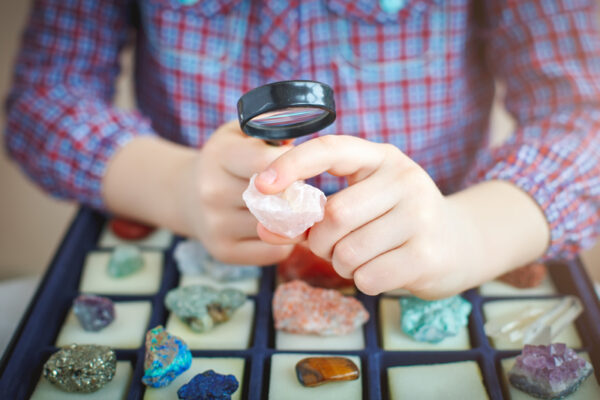
Fun Facts about Limestone:
- Limestone is a sedimentary rock formed from the remains of marine organisms, including tiny bits and pieces of shells, coral, and other ancient sea creatures. Sometimes, you can find the fossils of these ancient creatures embedded in the limestone.
- People have used limestone for thousands of years to build things like houses and castles. It's strong and lasts a long time! It is often used as a building material and in the production of cement.
- Farmers use limestone to make soil less acidic. It's like giving the soil a boost to help plants grow better.
- Limestone became the official state rock of Kansas in 2018. The rock is important to our state, preserving our state history as the site of a huge inland sea. It was also a common building and fencepost material used by early settlers where wood was scarce. Fascinating limestone rock formations in Kansas make out state beautiful and unique!
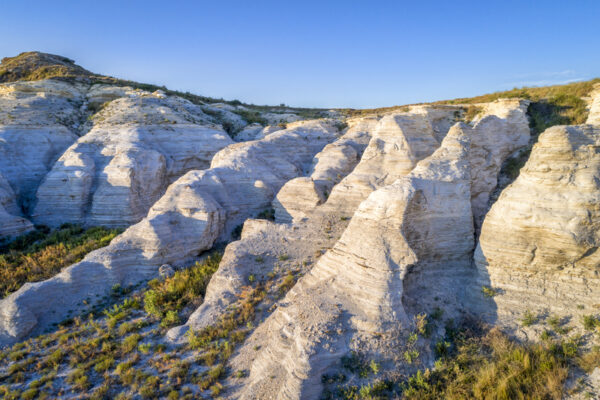
Expand the activity:
Searching for a little more fizz? Make your own rock with baking soda and water for more fizzy fun!
